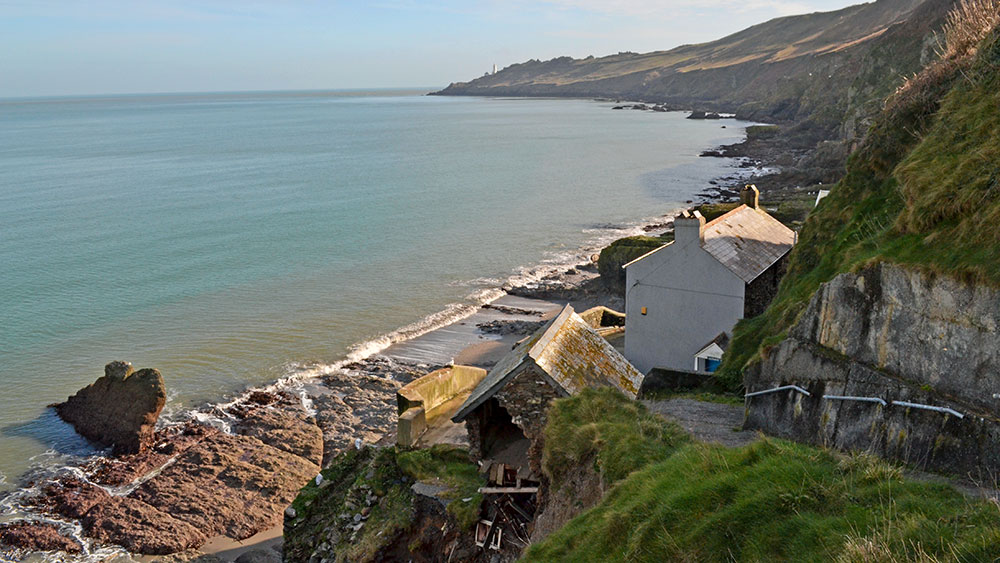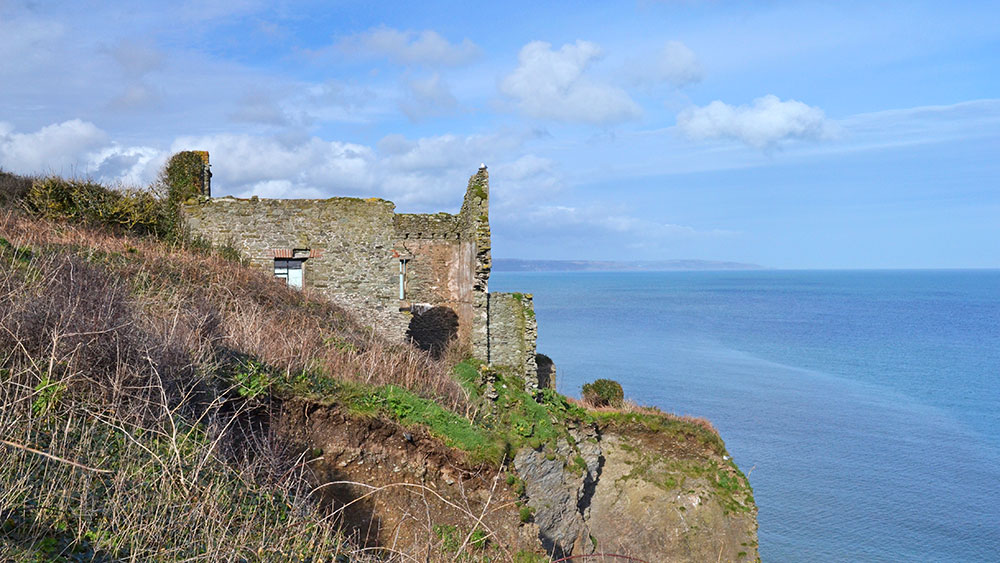Hallsands History: The Lost Village
Hallsands, South Devon: Tale of a Village Lost to the Sea
The haunting tale of the lost village of Hallsands remains a sorrowful chapter in South Devon’s maritime history. Once a thriving fishing community, it was the easterly gales and pounding swells that came with the high January tides of 1917 that finally brought ruin to the seaside cottages perched on the Start Bay shoreline.

Decades of heavy dredging had left the village’s natural coastal defences vulnerable, emptying the precious Skerries Bank. As the afternoon skies clotted and darkened and the sea began to thunder past the pebble ridge, the villagers were right to fear the worst.
These were hardy folk, generations who had endured the full brunt of the howling channel, but when the remorseless waves began to tear down doors and smash through window shutters, they knew this would be a night like no other.
Four cottages had been devoured by midnight and a further 29 homes would perish one-by-one the following day. Miraculously, all the residents of Hallsands managed to scramble up the cliffs to safety during a hush at low tide. However, by dusk, old Hallsands had been lost forever.
The headline of the local newspaper, The Kingsbridge Gazette, read: The Beach went to Devonport and the cottages went to the sea. The chronicler of the day was referring to the hundreds of thousands of tons of shingle that had been dredged from Hallsands beach and barged to Plymouth’s Keyham dockyard (now known as HMNB Devonport), part of a major construction project overseen by Sir John Jackson to harbour modern warships.
After years of protesting and lobbying their local officials, the people of Hallsands finally saw the license to dredge revoked in 1902, but it was clear that the damage had already been done, the rising tides and cracks in walls plain to see.

Among those to have predicted the fate of the village was poet John Edward Masefield who in his poem Hallsands prophetically wrote: “But that its wretched ruins then / though sunken utterly / Will show how the brute greed of men / Helps feed the greedy sea”.
Hallsands, at its height, is remembered as a characterful and resilient South Hams community, whose inhabitants rallied round its small fishing and crabbing fleet: an 1891 census recording 37 houses, an inn, a bakery, a greengrocer, a spring, and a population of 159 people made up of families, fishermen and artisans. In his book ‘A Londoner’s Walk to the Land’s End’ journeyman writer, Walter White, described the village as a “lonely, wild-looking place where several dozen cottages stretched along recesses in the cliff above a shingle beach”.
Today, walkers exploring the South West Coast Path can traverse the cliffs above Hallsands and its enchanting sweep of shingle beach, which at low tide connects with the pebbled shores of neighbouring Beesands, discovered beyond Tinsey Head. A viewing platform and information display can be found just off the coastal path, providing a great view of the atmospheric ruins of the old village and a fascinating historical insight into Hallsands’ past, as well as sparkling views of Start Bay. Heading two miles south along the trail, you’ll reach the Start Point headland, Devon’s most southerly natural landmark and site of the Start Point Lighthouse and visitor centre.
